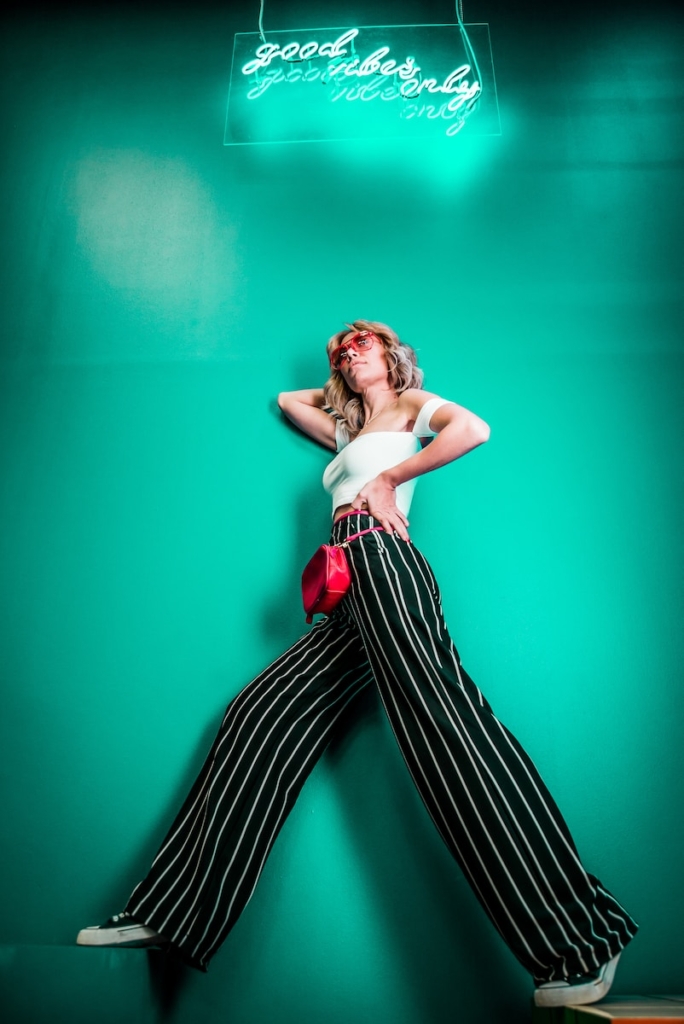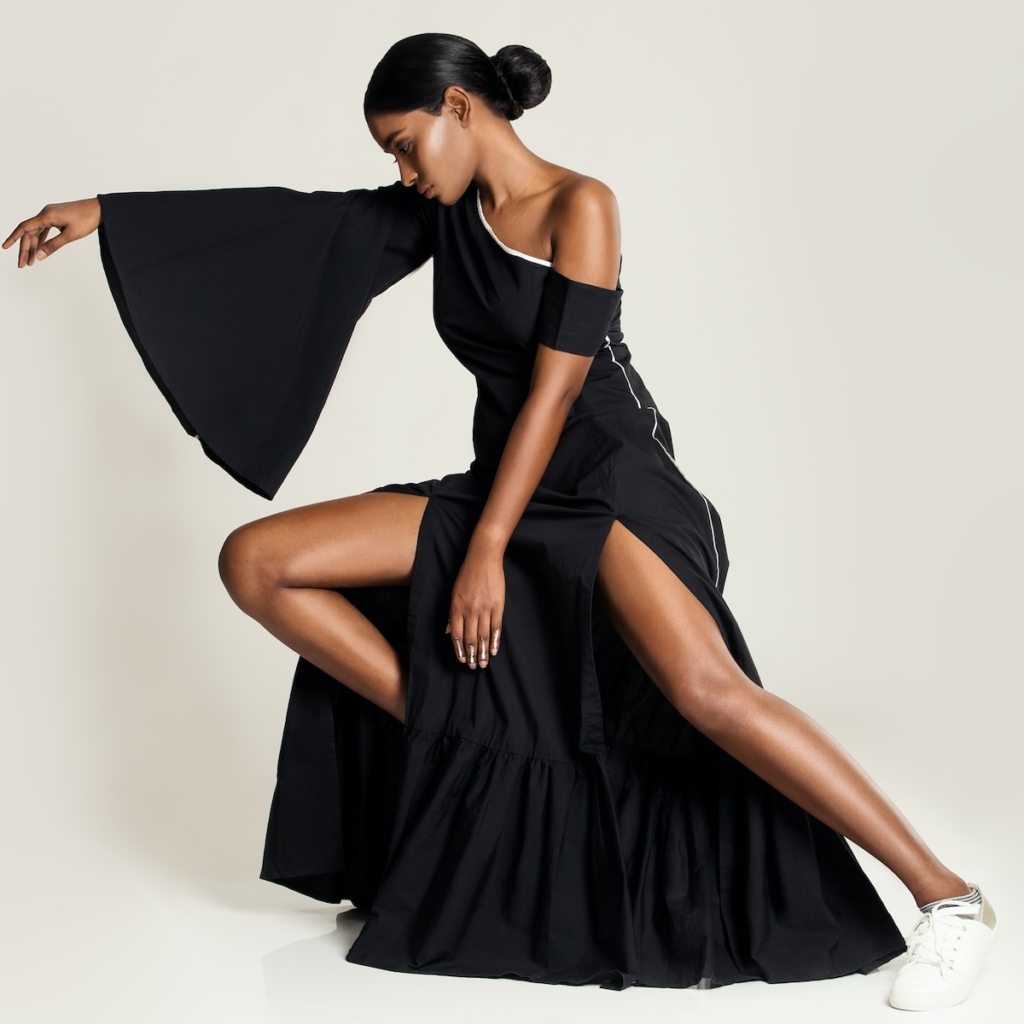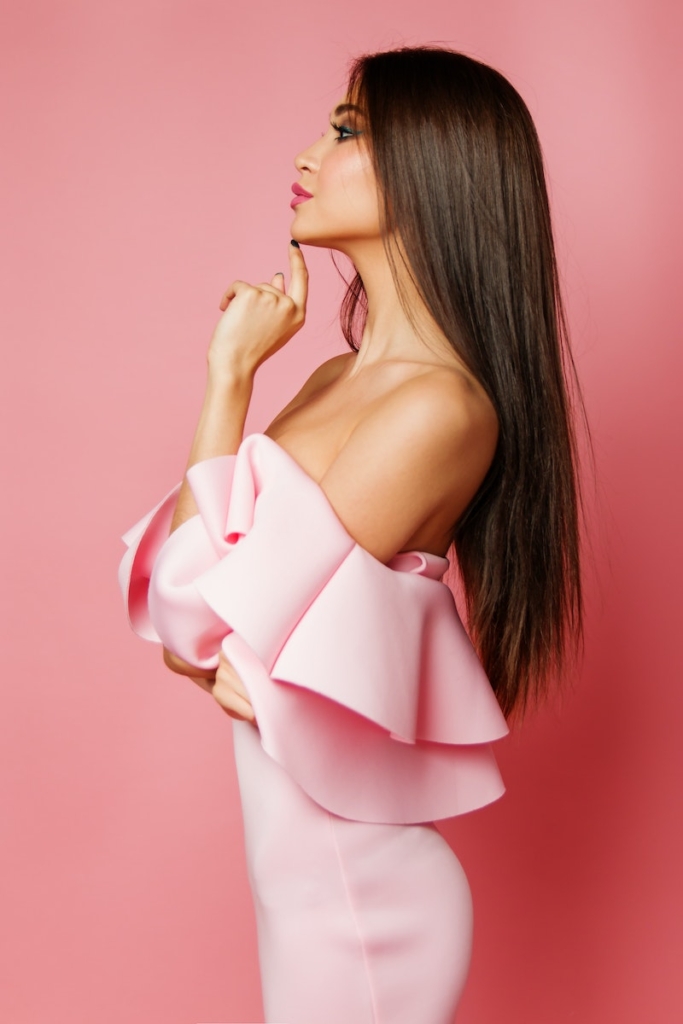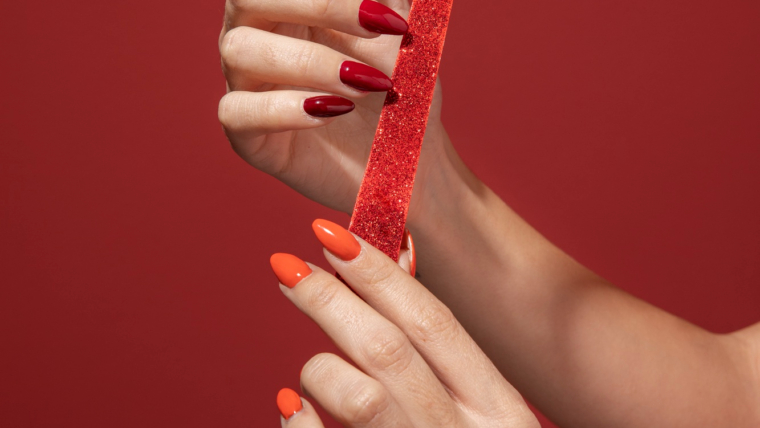Color is one of the most powerful elements of fashion. It can express your mood, personality, and style. It can also enhance your appearance and make you look more attractive. But how do you choose the right colors for your outfits? And how do you combine them in a way that creates a feminine and harmonious look? In this blog post, I will share with you some tips and tricks on how to mix and match colors for a feminine look.

What is Color Theory?
Color theory is a set of principles and guidelines that help us understand how colors work together, how they affect our perception, and how they can create different effects and moods. Color theory is based on the color wheel, which is a circular diagram that shows the spectrum of colors and their relationships.
The color wheel has three types of colors: primary, secondary, and tertiary. Primary colors are red, yellow, and blue. They are the basic colors that cannot be created by mixing other colors. Secondary colors are green, orange, and purple. They are created by mixing two primary colors. Tertiary colors are the result of mixing a primary color with a secondary color.
The color wheel also shows different color schemes, which are combinations of colors that create harmony and contrast. Some of the most common color schemes are:
- Monochromatic: This color scheme uses different shades and tints of one color. For example, pink, rose, and fuchsia are all monochromatic colors of red.
- Analogous: This color scheme uses colors that are next to each other on the color wheel. For example, yellow, orange, and red are analogous colors.
- Complementary: This color scheme uses colors that are opposite to each other on the color wheel. For example, blue and orange are complementary colors.
- Triadic: This color scheme uses three colors that are evenly spaced on the color wheel. For example, green, purple, and orange are triadic colors.
- Tetradic: This color scheme uses four colors that form two pairs of complementary colors. For example, blue, orange, red, and green are tetradic colors.

How to Choose Colors for Your Skin Tone
One of the most important factors to consider when choosing colors for your outfits is your skin tone. Your skin tone is the natural color of your skin, which can be warm, cool, or neutral. Knowing your skin tone can help you find the colors that flatter you the most and avoid the ones that wash you out or clash with your complexion.
To determine your skin tone, you can look at the veins on your wrist or the undertone of your skin. If your veins appear blue or purple, or if your skin has a pink or blue undertone, you have a cool skin tone. If your veins appear green or olive, or if your skin has a yellow or golden undertone, you have a warm skin tone. If your veins appear blue-green or if your skin has a mix of pink and yellow undertones, you have a neutral skin tone.
Once you know your skin tone, you can choose the colors that suit you best according to these general guidelines:
- Cool skin tones look good in cool colors such as blue, purple, green, silver, and white.
- Warm skin tones look good in warm colors such as red, orange, yellow, gold, and beige.
- Neutral skin tones look good in both cool and warm colors as well as neutrals such as black, gray, brown, and navy.
Of course, these are not strict rules and you can experiment with different colors to find what works for you. The key is to choose colors that make your skin glow and enhance your natural beauty.

How to Mix and Match Colors for a Feminine Look
Now that you know how to choose colors for your skin tone, let’s see how to mix and match them for a feminine look. Here are some tips and examples to inspire you:
- Use monochromatic colors for a simple and elegant look. You can create a monochromatic outfit by wearing different shades of one color from head to toe. For example, you can wear a light pink blouse with a dark pink skirt and pink shoes. This will create a harmonious and sophisticated look that is perfect for any occasion.
- Use analogous colors for a soft and romantic look. You can create an analogous outfit by wearing colors that are next to each other on the color wheel. For example, you can wear a yellow dress with an orange cardigan and yellow shoes. This will create a warm and cozy look that is ideal for fall or winter.
- Use complementary colors for a bold and vibrant look. You can create a complementary outfit by wearing colors that are opposite to each other on the color wheel. For example, you can wear a blue dress with an orange belt and orange shoes. This will create a contrast and a pop of color that will make you stand out from the crowd.
- Use triadic colors for a fun and playful look. You can create a triadic outfit by wearing three colors that are evenly spaced on the color wheel. For example, you can wear a green top with a purple skirt and orange shoes. This will create a colorful and cheerful look that is great for summer or spring.
- Use tetradic colors for a creative and adventurous look. You can create a tetradic outfit by wearing four colors that form two pairs of complementary colors. For example, you can wear a blue top with an orange skirt, a red jacket, and green shoes. This will create a dynamic and eclectic look that is perfect for expressing your personality.
Conclusion
Color is a powerful tool that can help you create different looks and moods with your outfits. By knowing the basics of color theory, choosing the right colors for your skin tone, and mixing and matching them in different ways, you can achieve a feminine look that suits your style and occasion. Remember to have fun and experiment with different colors and combinations until you find what works for you.
FAQ
Here are some frequently asked questions about how to mix and match colors for a feminine look:
- Q: How many colors should I wear in one outfit?
- A: There is no definitive answer to this question, as it depends on your personal preference and the effect you want to create. However, as a general rule, you should limit yourself to three or four colors per outfit to avoid looking too busy or chaotic. You can also use neutrals such as black, white, gray, or brown to balance out your colors and create some cohesion.
- Q: How do I know if two colors go well together?
- A: One way to know if two colors go well together is to use the color wheel as a guide. You can choose colors that are next to each other, opposite to each other, or evenly spaced on the color wheel to create different color schemes. You can also use online tools such as Coolors or Adobe Color to generate color palettes and see how they look together.
- Q: How do I accessorize my outfits with colors?
- A: Accessories are a great way to add some color and interest to your outfits. You can use accessories such as jewelry, scarves, hats, bags, or shoes to complement or contrast your main colors. For example, you can wear a necklace or earrings that match the color of your top or dress, or you can wear a scarf or hat that adds a pop of color to your neutral outfit. You can also use accessories to create focal points or accents in your outfits. For example, you can wear a belt or shoes that draw attention to your waist or legs.


